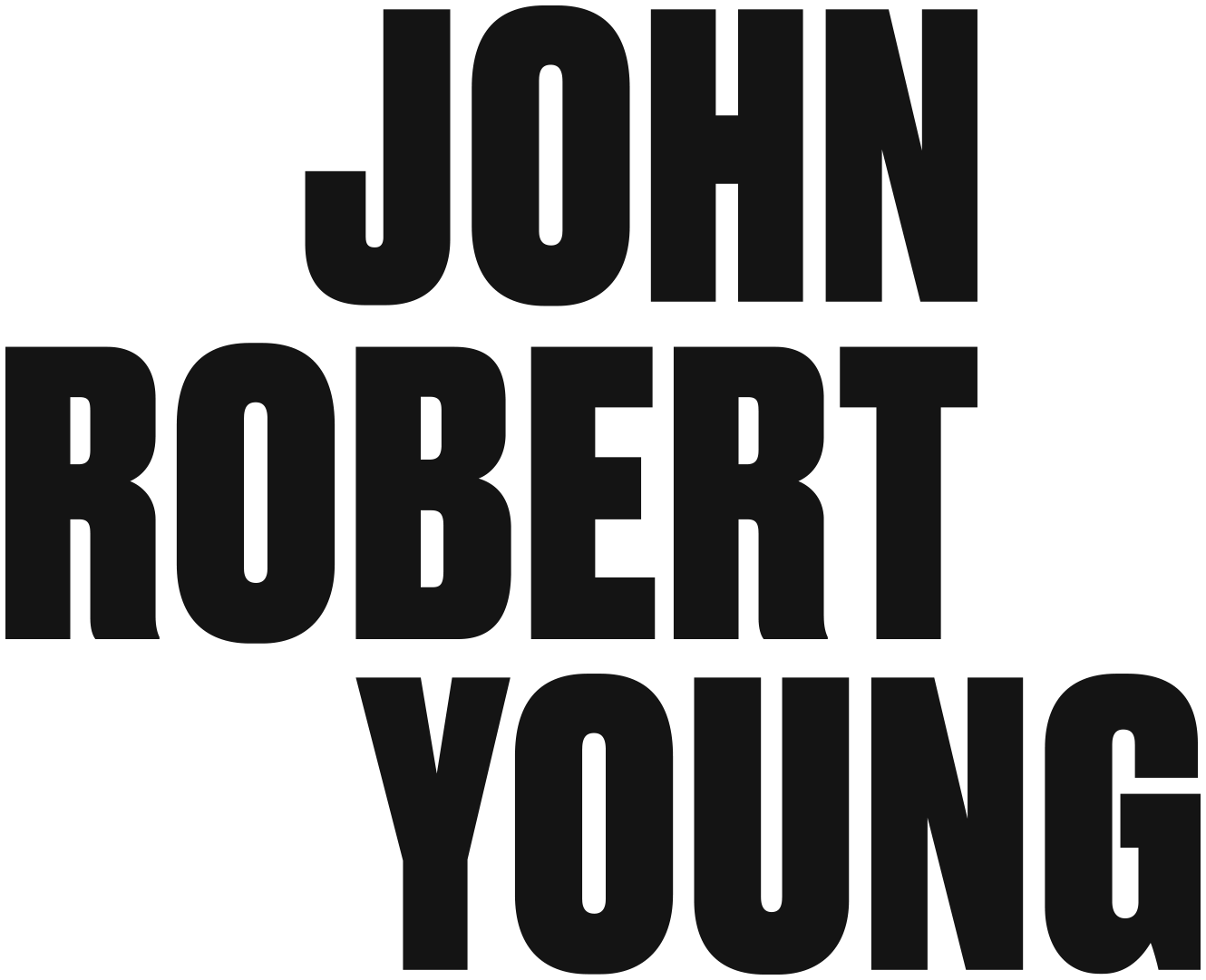Leica - My Perfect Working Tool
I first became aware of the Leica Camera through the small classification of cameras for sale ads that appeared in ‘The Amateur Photographer Magazine’. I was about 15 years of age and already fascinated by photography. The ads were mainly for Leica and Contax, the two cameras to have that would give you the photos you wanted. Something I learned along the way was not to be seduced by ads - it’s the person that makes the picture, not the camera!
Campkins, a photographic store in Cambridge, always featured a Leica camera in its window and every day as I passed by to and from school, I would look and vow that one day I’d own one. Desperate for my own camera at age 17 years, I’d saved enough money to purchase a Contax from the camera store Wallace Heaton, which was cheaper than a Leica, and it promptly malfunctioned. It was a big mistake I vowed never to make again as I had a terrible time getting my money back.
My first purchase of a Leica was in Jerusalem, where I had signed up for the Palestine Police to do my National Service. For the first time in my life I had enough money to purchase the longed-for Leica. It was a Leica Model 1, complete with an F2.5 Hektor lens and an independent viewfinder fitted on top. I spent a great deal of time attempting to take the lens off without realising that this was a model where the lens was fixed! With the inexperience of youth, I really didn’t appreciate what this camera could do.
My next encounter with Leica was in Canada. I had been working with a brand new Nikon SP, which I left in a taxi in New York. Fortunately, the insurance reimbursed me, and with the money and savings I had from my Africa trip, I was able to purchase two Leica M2’s with Leicavit bases. Still unable to afford a Leica lens, the camera dealer suggested trying a 50mm F2 Nikkor lens using an adapter. I subsequently purchased a 35mm Leica used lens, and this combination was ideal for press work.
In 1967, I purchased a new black Leica M2 with both 50mm and 35mm lenses, which, along with Pentax and Nikon equipment, I used for the public relations photography on the film ‘Oh! What a Lovely War.’ I also used my Leica on the film ‘The Battle of Britain’ - an M2 with a 35mm F1.4 Summilux lens.
1971 found me as personal photographer to the film star Shirley MacLaine on the TV series ‘Shirley’s World’ about a photojournalist, where she used my Leica M2. Leica UK kindly provided me with two Leica SLs with a set of lenses from 20mm through the range to 400mm to do the publicity photography for the series.
I subsequently used Leica equipment for most of my photography. The R3s and R4s were real workhorses. The R3’s continued to function even with the shutters getting rusty through my sweat dropping on them! Leicas of various models, mainly SLRs, accompanied me on journeys from the Great Wall of China to the rainforests of South America and to the South China Sea, without a single problem.
Today, I have a small collection of screw mount Leicas - the earliest dated c1930 - which I use with a full frame range finder, plus a couple of Leica MPs.
Below: An article on John for the Amateur Photographer Magazine for the celebration edition of Leica’s 100 years of production. John was the first Leica UK Ambassador in the 80’s and early 90’s and had a long working relationship with Leica UK.
